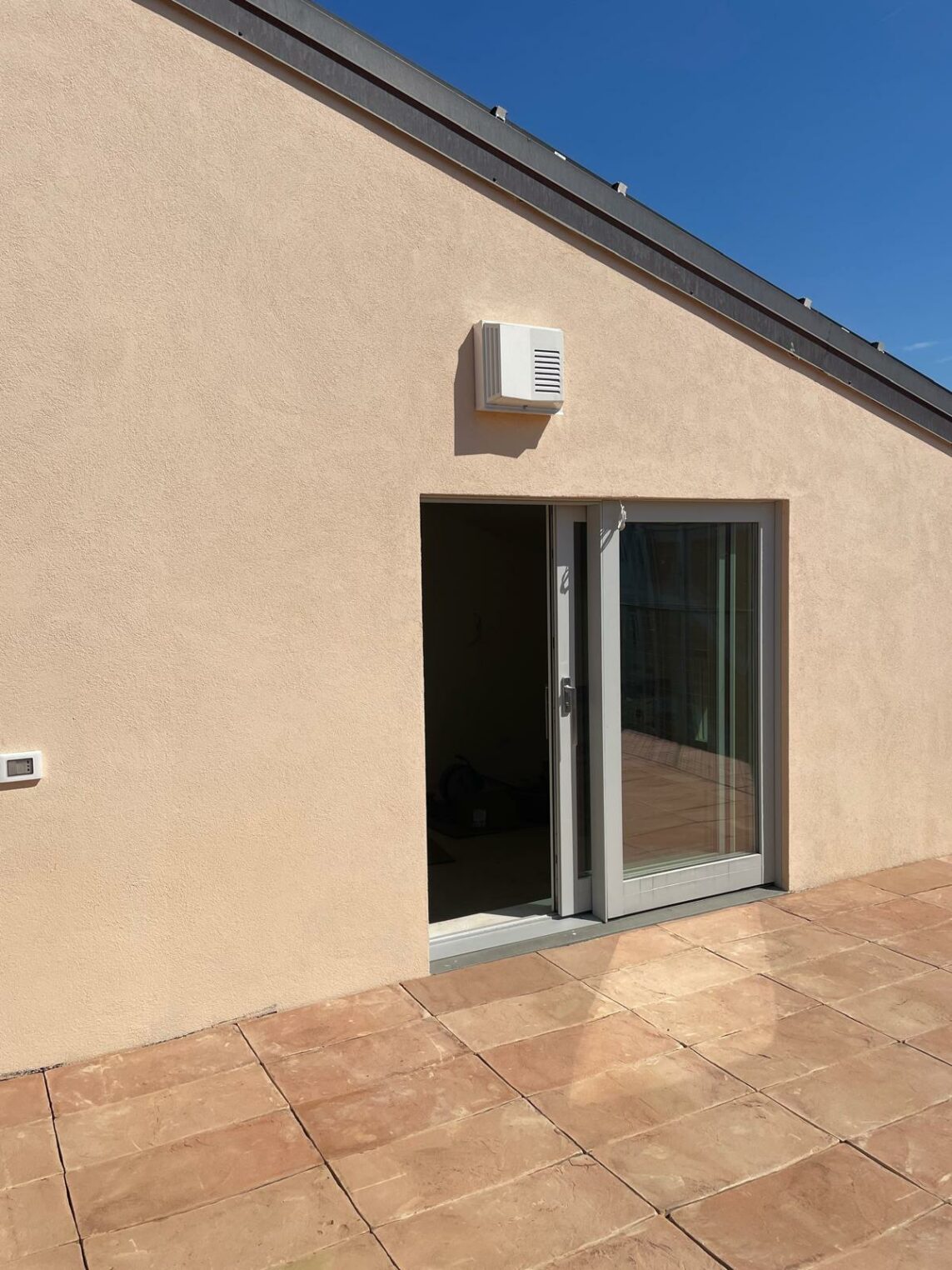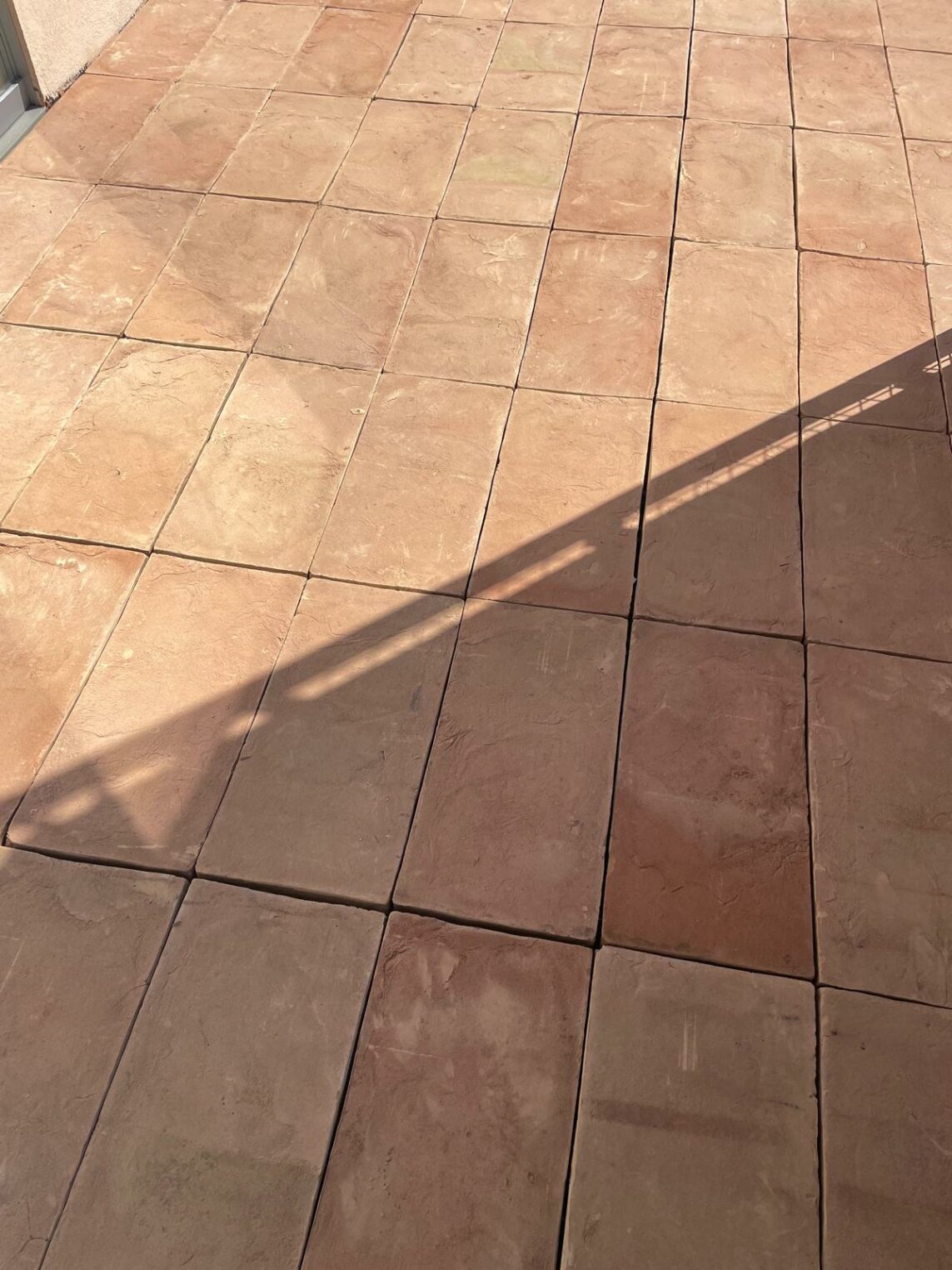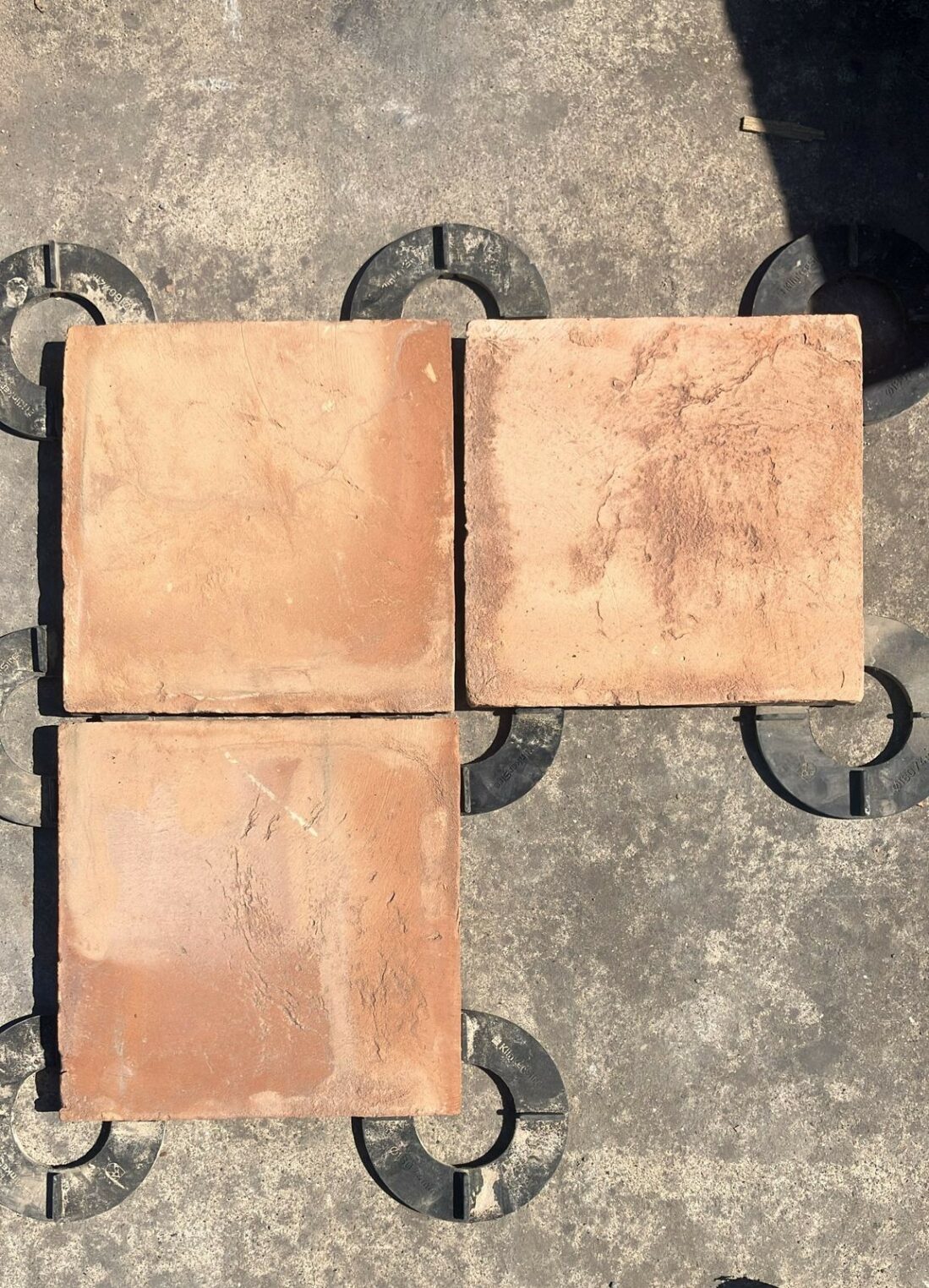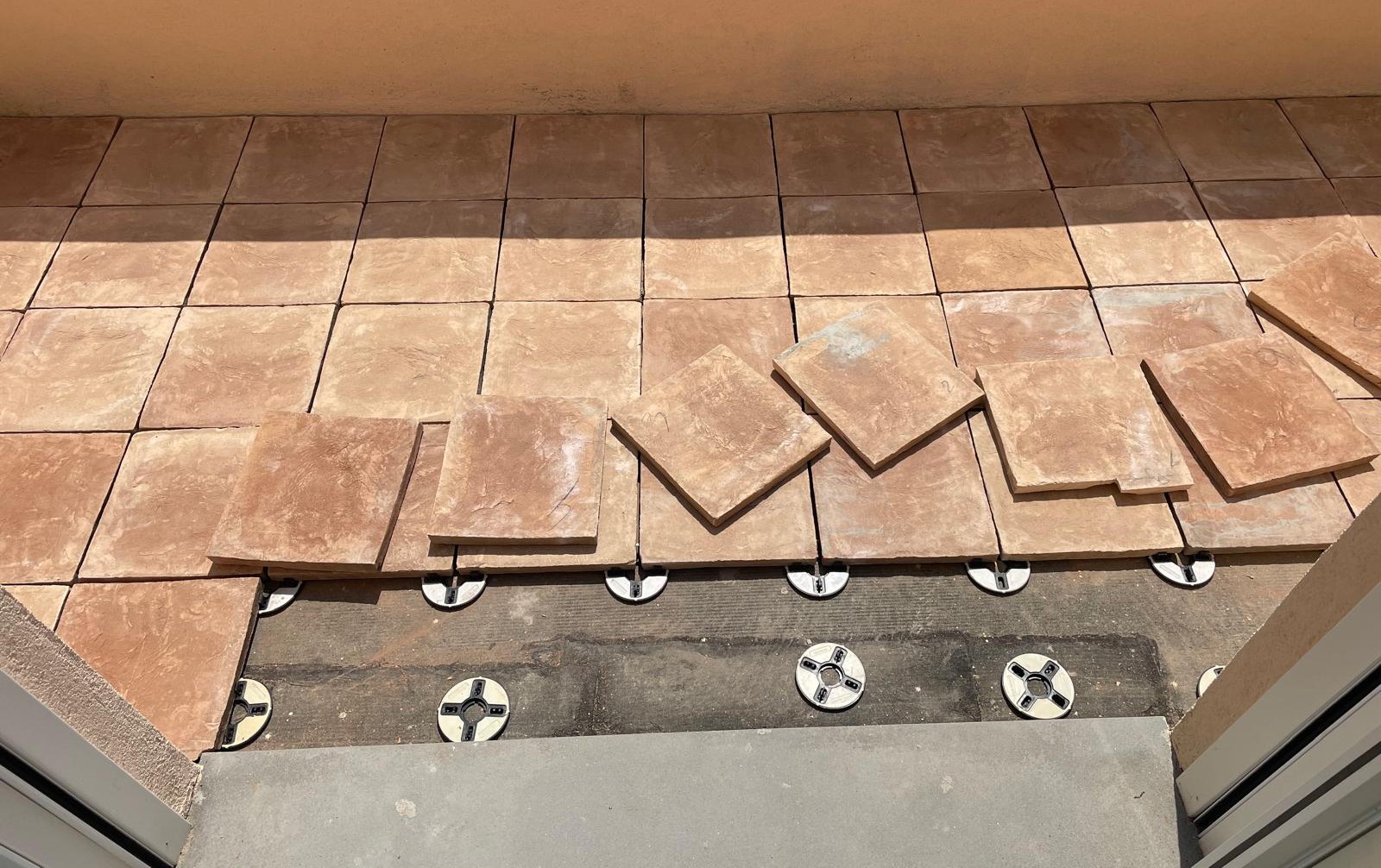When we think of handmade terracotta, we immediately picture ancient floors, historic residences, and spaces with a rustic and authentic charm. But today, this noble material rich in history is experiencing a new life, finding its place even in modern systems such as floating floors. A combination that brings together artisanal charm and the practicality of contemporary installation.


What is a floating floor?
The floating floor — also known as a “dry” installation system — does not require glue or mortar. Each element is laid over a support structure or an insulating underlay, making it easy to inspect, remove, or replace. This system is highly valued in modern spaces and in contexts where sound and thermal insulation or installation flexibility are essential.
Handmade terracotta: a living material
Our handcrafted terracotta stands out from industrial alternatives thanks to its rich texture, subtle imperfections, and warm color variations — from soft pinkish yellows to deep reds, as well as other natural clay shades like White, Black, Grey, and Mocha. Each piece is shaped by hand and fired in a wood kiln, making every tile unique. Its beauty deepens over time, and we offer custom sizes, thicknesses, and surface finishes tailored to the client’s needs.
But how can such a traditional material adapt to a modern system like the floating floor?
Terracotta and Floating Floors: Compatibility and Advantages
Using handmade terracotta in floating floors requires careful planning, but it delivers remarkable results both aesthetically and functionally:
-
Custom modularity: thanks to our artisanal production, tiles can be made in thicknesses and sizes suitable for floating installation.
-
Controlled weight: terracotta tiles can be crafted thinner or thicker depending on the project — a key factor for floating floors.
-
Breathability and comfort: terracotta is naturally breathable and maintains a pleasant temperature in both summer and winter.
-
Compatible with radiant heating: terracotta is an excellent thermal conductor and can be used in floating systems with underfloor heating.
-
Sustainability: free from adhesives and synthetic materials, a handmade terracotta floating floor is entirely natural and recyclable.

Technical challenges and solutions
Installation must be carefully considered: since terracotta is heavier than other floating materials, it requires a suitable substructure.
Additionally, it is advisable to:
-
Use anti-vibration supports to prevent footstep noise.
-
Apply a protective treatment (preferably water-based and breathable) to preserve the terracotta’s appearance and make cleaning easier.
-
Rely on experienced installers who are familiar with both the material and the floating floor technique.

Conclusions
A floating floor made of handmade terracotta is definitely a bold and refined choice: it combines the warmth of tradition with the versatility of modern solutions.
It’s ideal for those who want an elegant, healthy, and timeless environment, without giving up the possibility of quick and reversible future interventions.
The beauty of handmade terracotta shines even in the most contemporary settings — and floating floors are proof of that.
